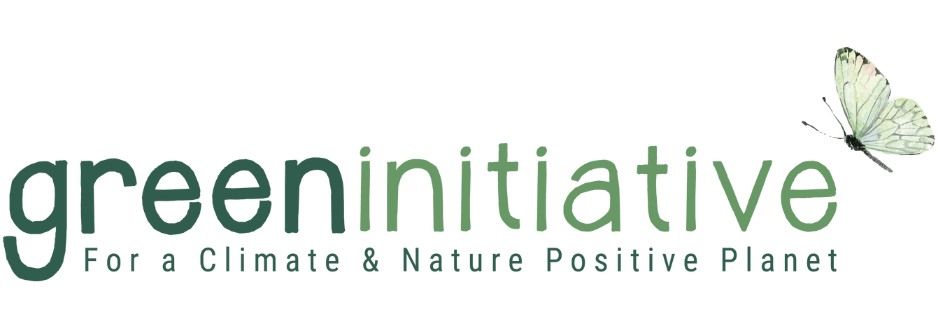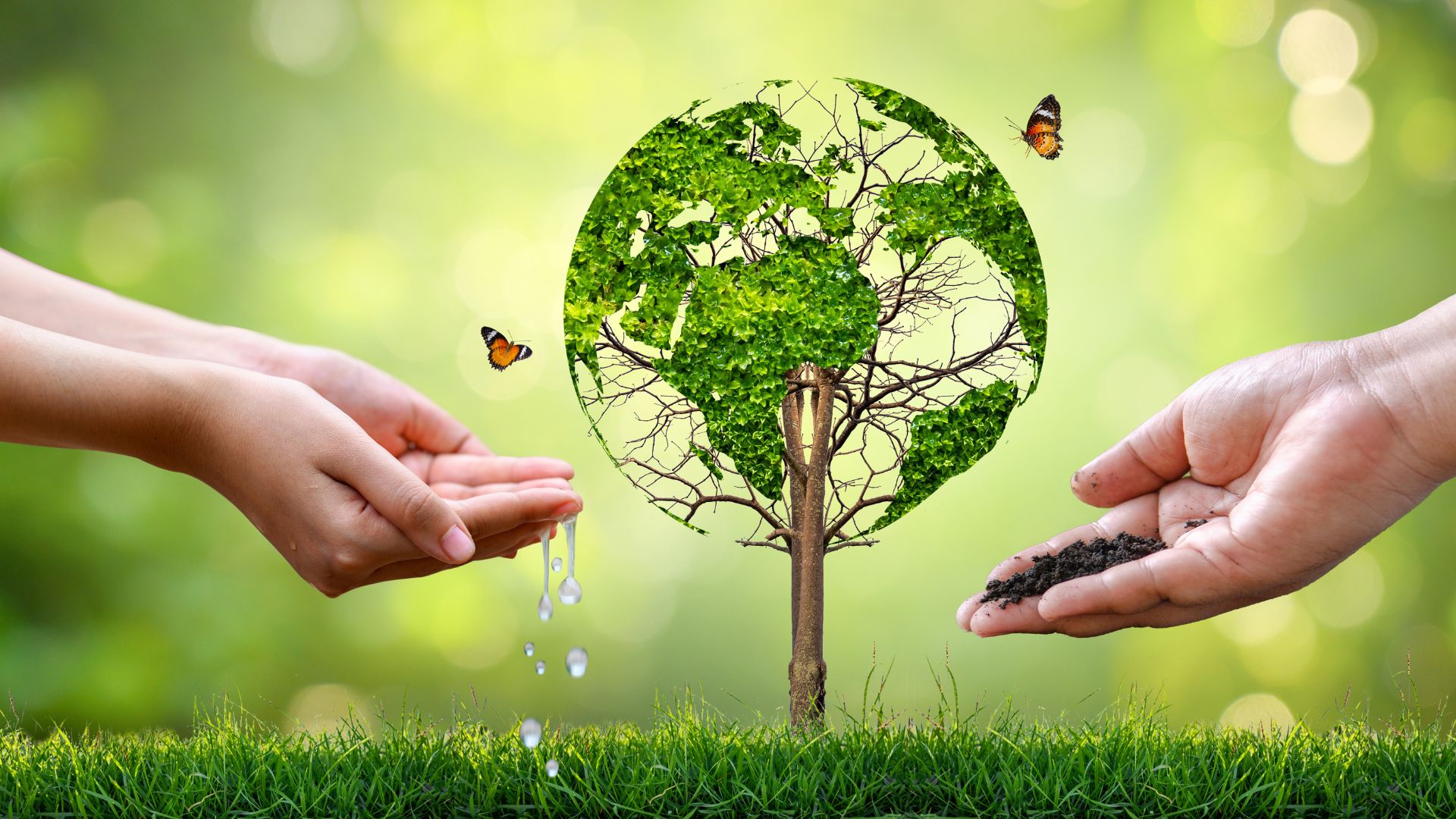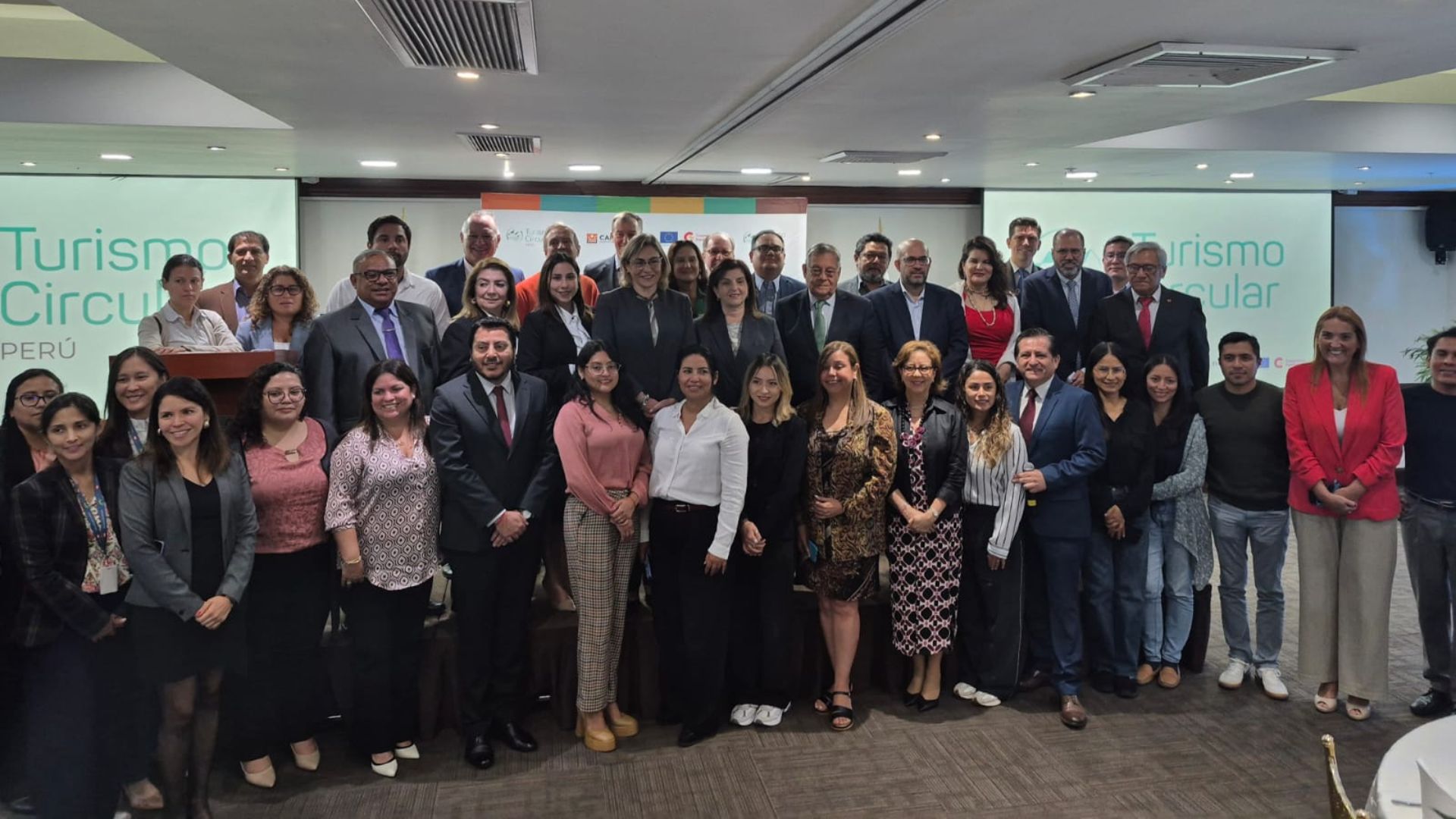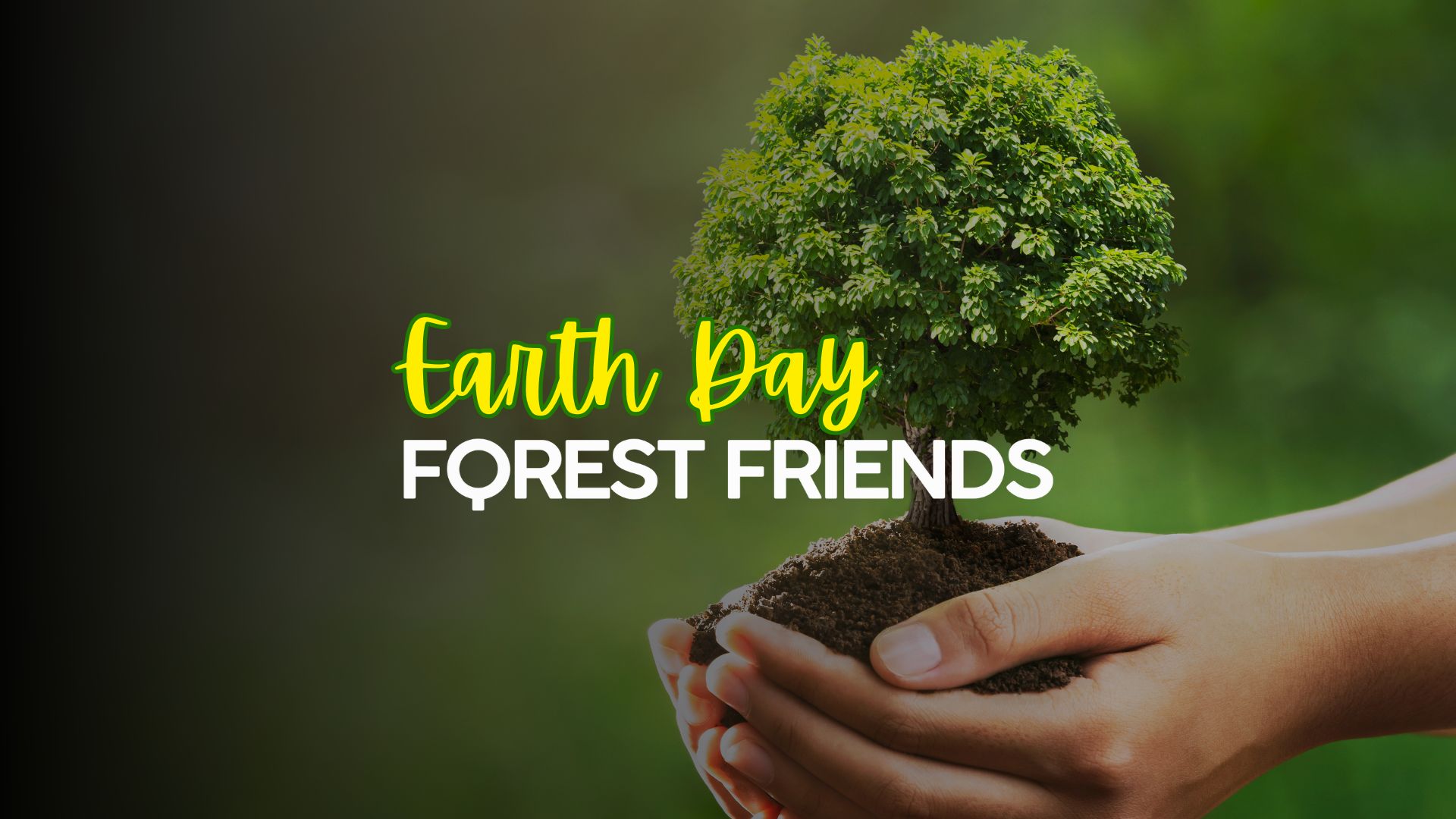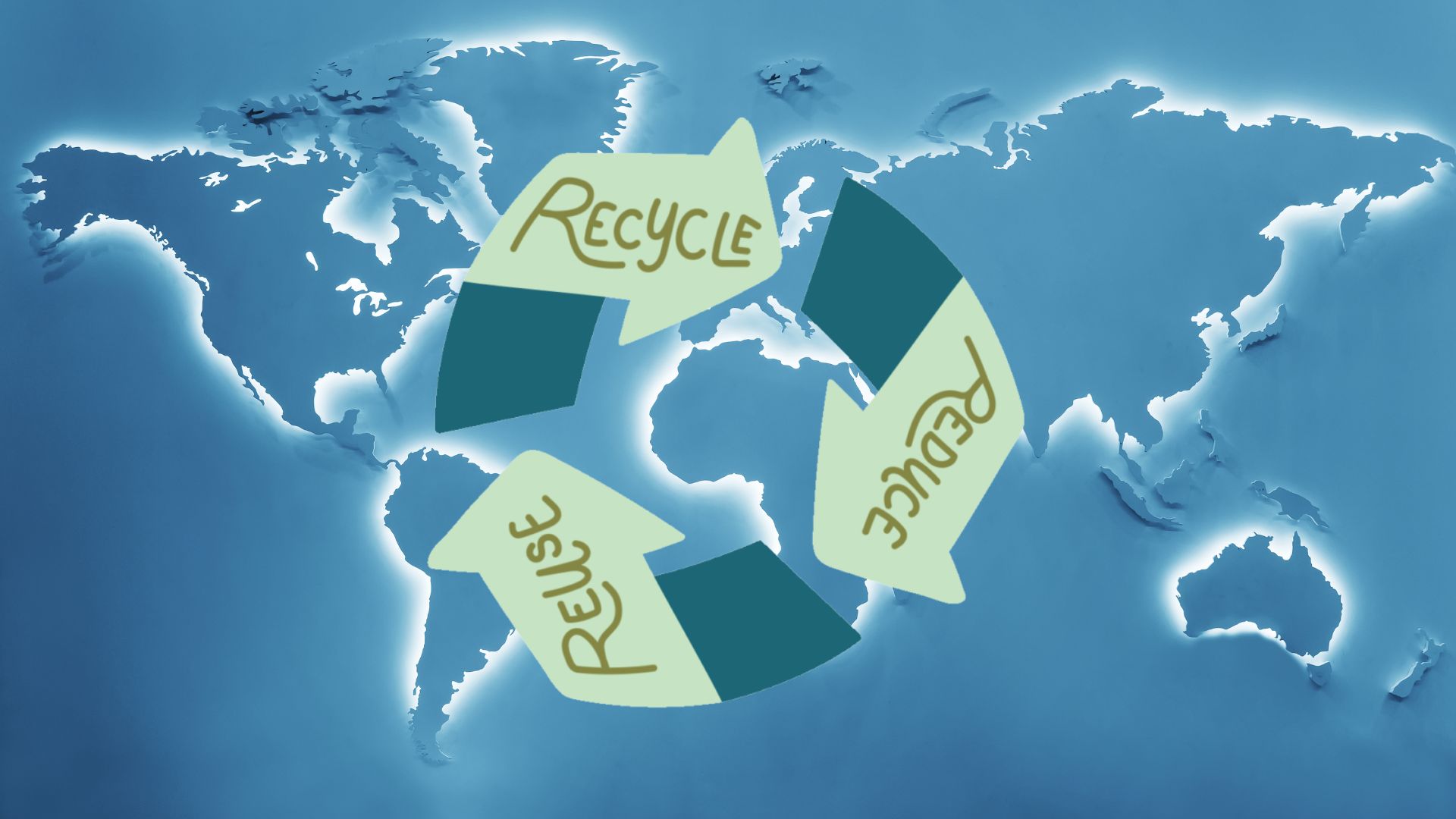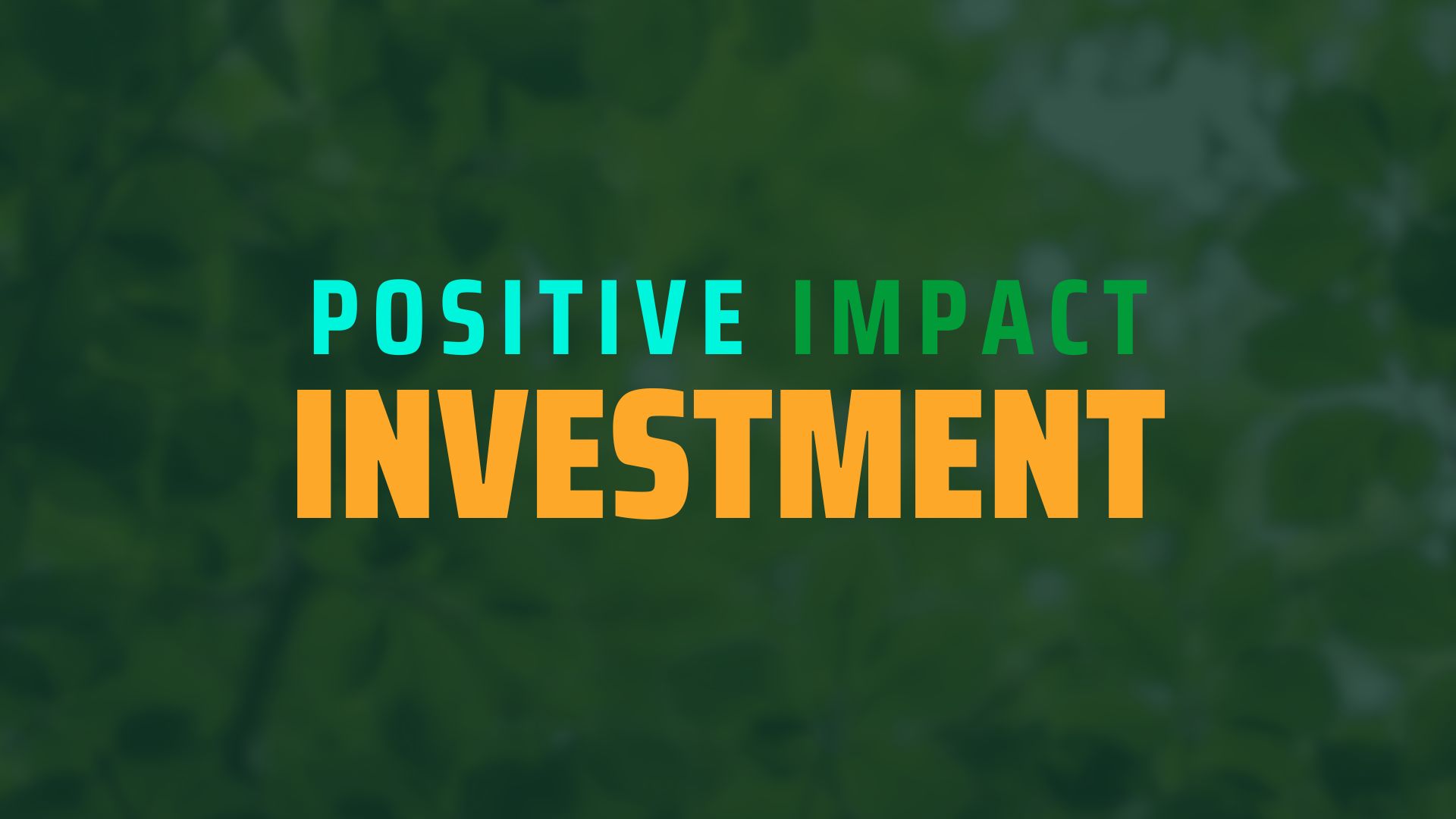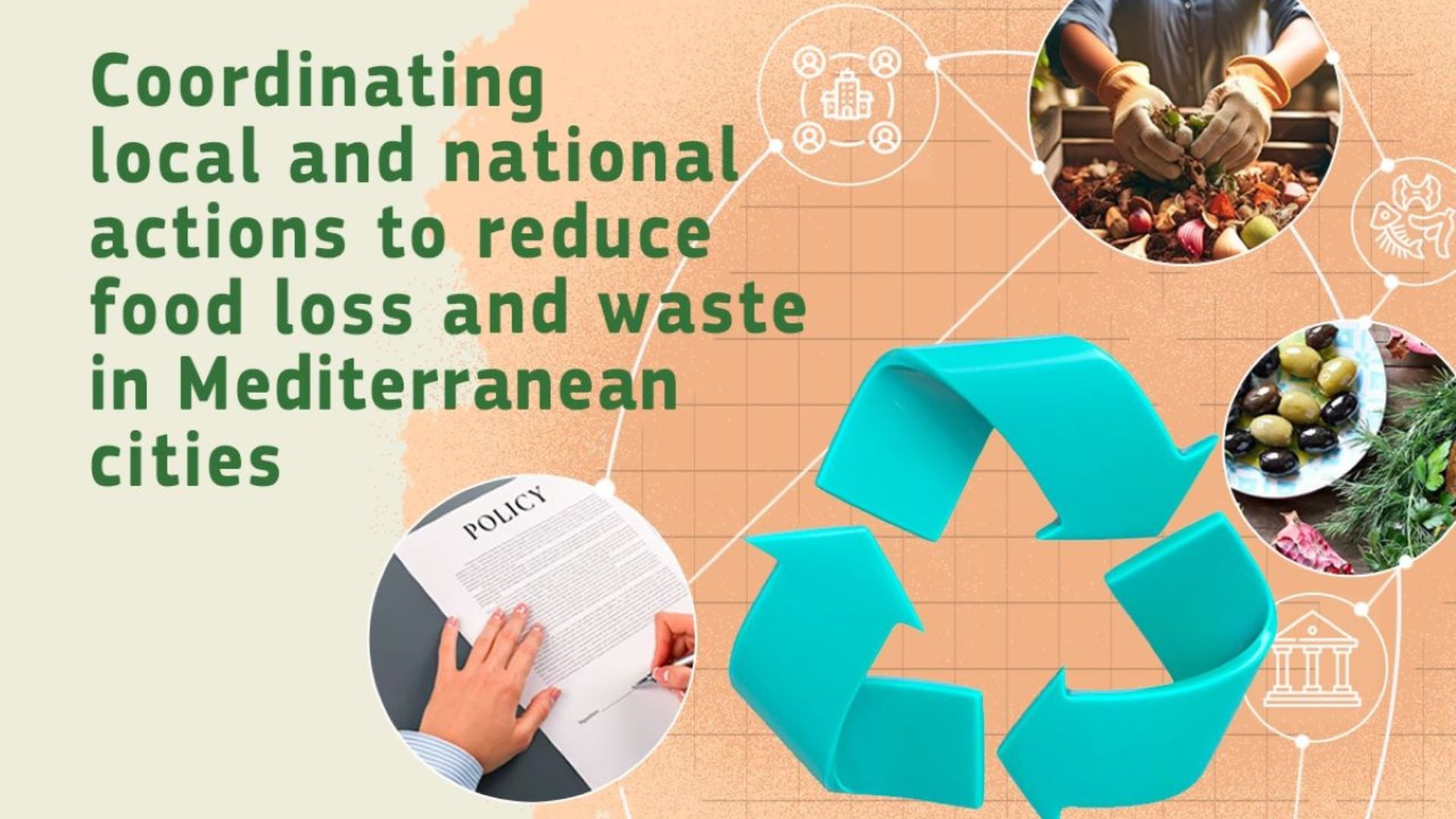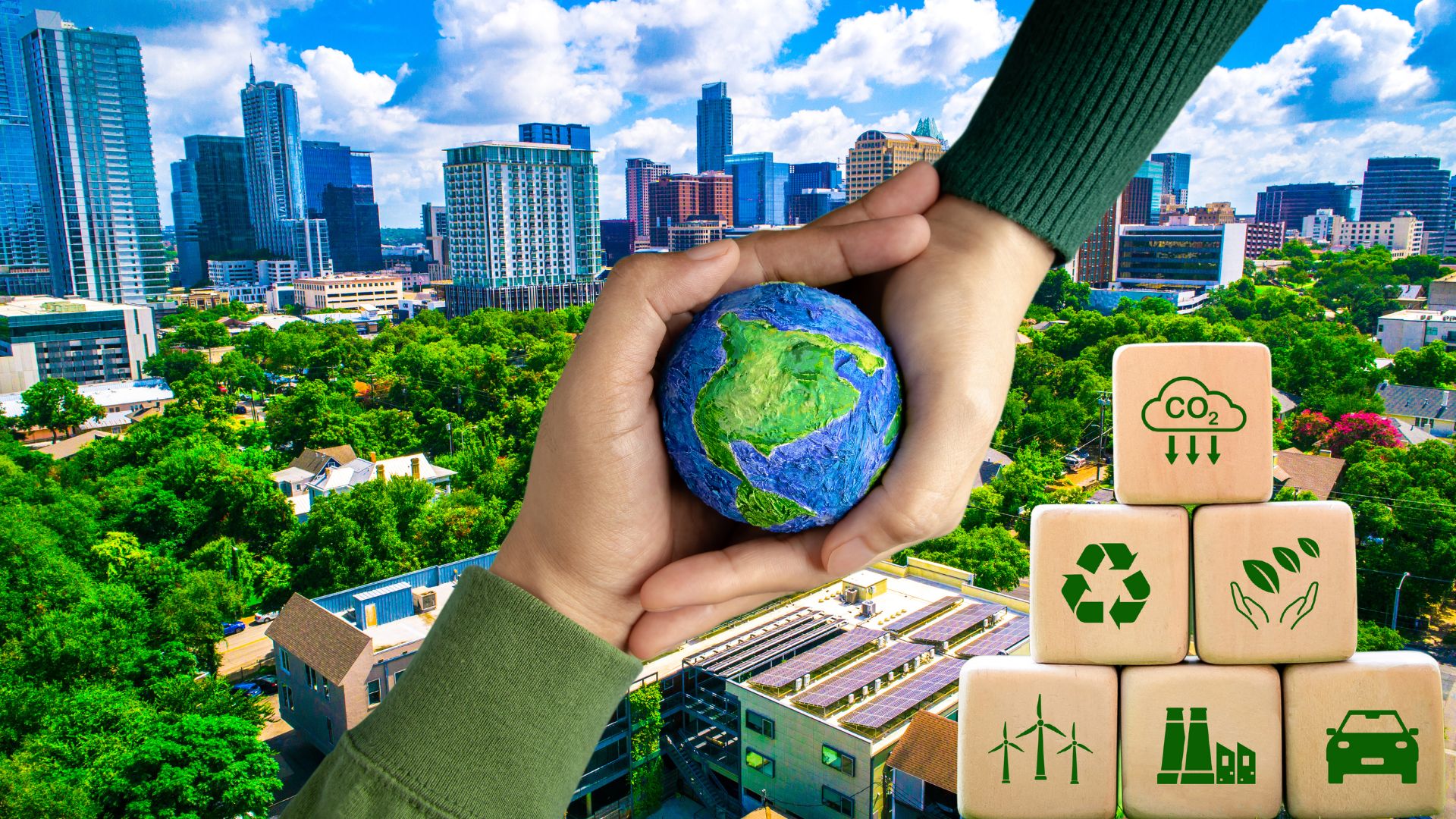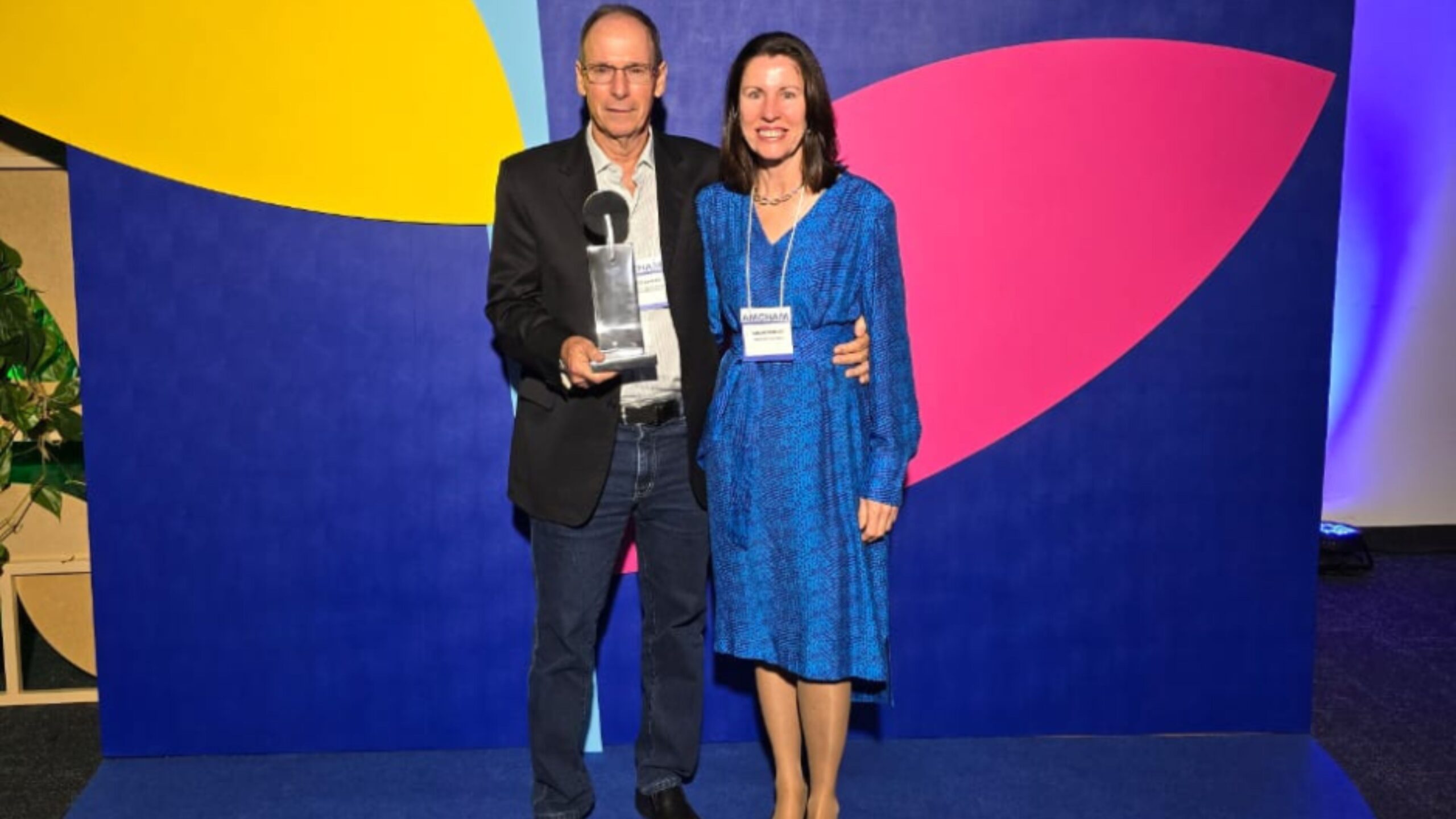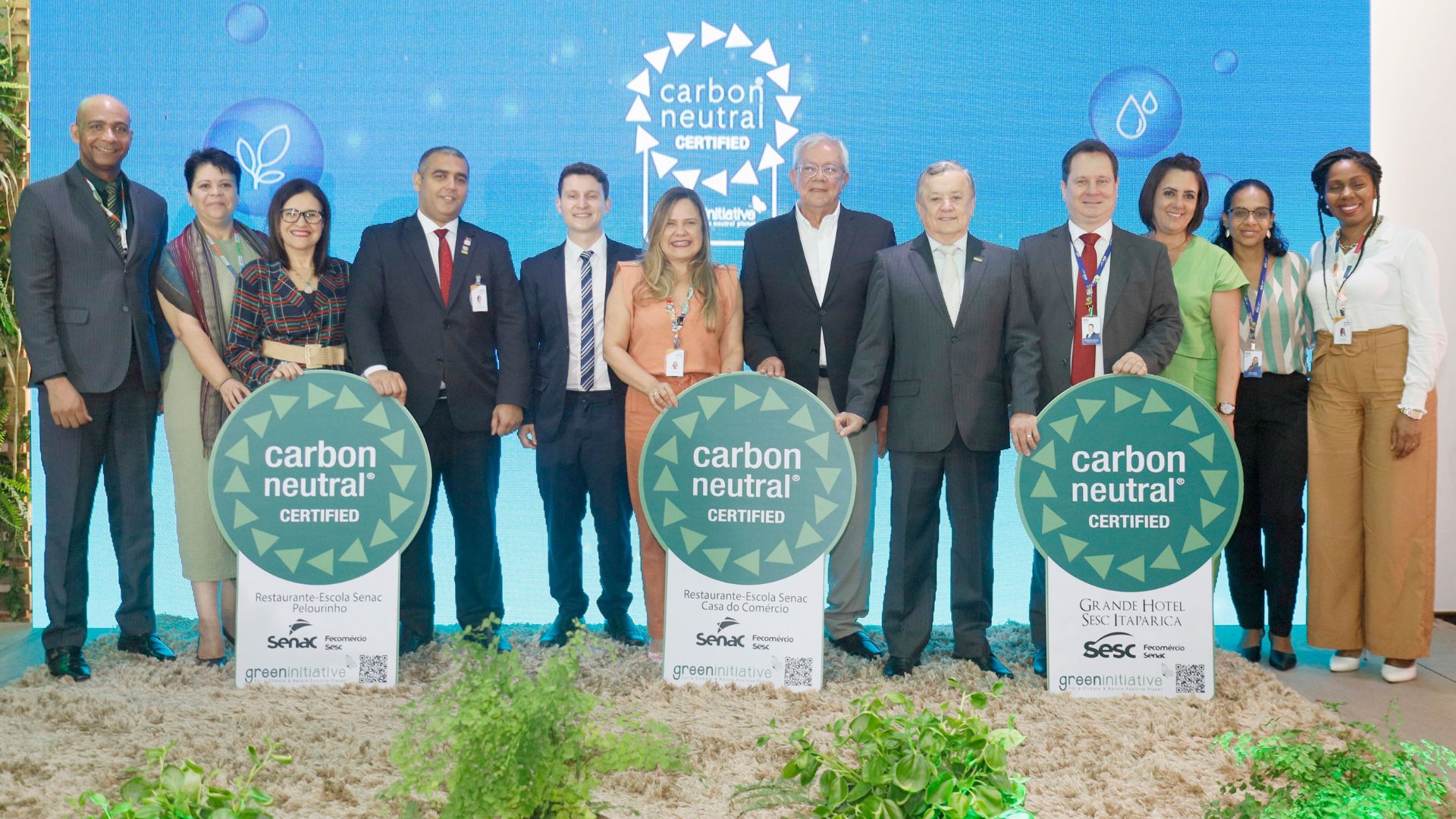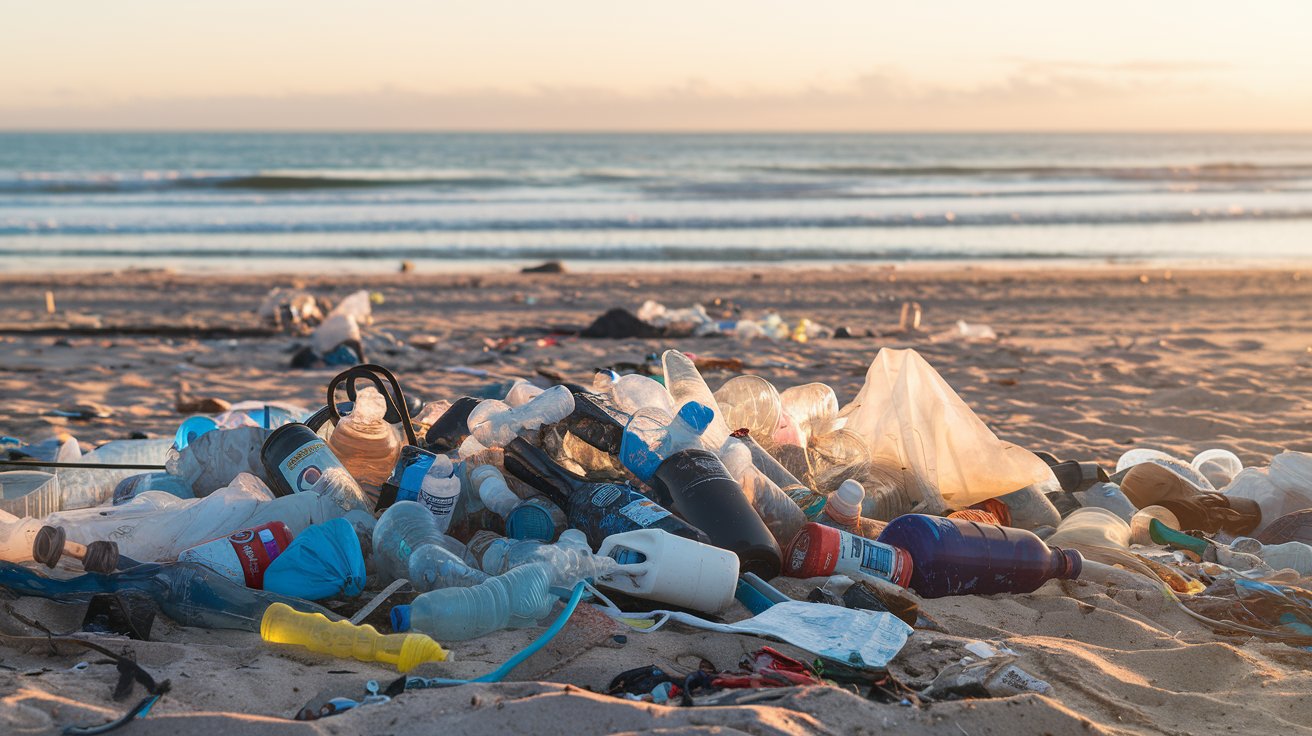Every June 5th, millions around the world come together to celebrate World Environment Day—a key date to reflect, take action, and promote change for the planet’s health. But how did this initiative begin? What themes have been addressed over the years? And what’s the focus for 2025?
It all started in 1972, when the world awoke to an uncomfortable reality: our planet was in trouble. That year marked the Stockholm Conference on the Human Environment—the first major international gathering focused solely on environmental protection. It was a historic moment that forever changed how we view our relationship with nature.
As a direct result of this conference, the United Nations General Assembly established World Environment Day and created the United Nations Environment Programme (UNEP) to lead global environmental efforts. The first official celebration took place in 1973 under the powerful theme “Only One Earth”—a message that remains more relevant than ever today.
Since then, the date has become the world’s most important platform for environmental awareness, proving that when we act together, we can make real change.
Thematic Evolution: Reflecting the Challenges of Each Era
One of the most interesting features of World Environment Day is its annual theme and host country. This approach helps address the most urgent environmental issues of the time.
In recent years, we’ve seen a clear evolution in priorities. From 2020 to 2024, we moved from “Time for Nature” with Colombia—reconnecting with biodiversity during the pandemic—to “Reimagine, Recreate, Restore” with Pakistan in 2021, which launched the UN Decade on Ecosystem Restoration.
This progression continued with “Beat Plastic Pollution” in Côte d’Ivoire (2023), tackling the microplastic crisis from ocean trenches to mountain peaks, and culminated in 2024 with “Our Land. Our Future” in Saudi Arabia, focusing on desertification and the urgent need to protect fertile soils.
For 2025, the theme returns to plastic pollution—and with good reason. The numbers are staggering: we produce 367 million tons of plastic annually, and without drastic changes, this could double to over 700 million tons by 2040.


Jeju: A Scenic Yet Symbolic Host
Choosing Jeju, South Korea as the 2025 host is no coincidence. This beautiful volcanic island is a UNESCO World Natural Heritage site, but also faces real challenges from mass tourism and waste management. It perfectly illustrates how even the most stunning places need our active protection.
Moreover, South Korea has proven that effective plastic pollution policies are possible, boasting a waste management system with over 70% recycling rates for many types of packaging.
What makes 2025 particularly special is the convergence of events. In November, also in South Korea, the fifth session of negotiations for a legally binding international treaty on plastic pollution will take place. Imagine the power of combining the global awareness of World Environment Day with high-level political negotiations in the same country.
Do These Campaigns Actually Work?
It’s a fair question. Does celebrating one day a year really help? Scientific research offers a hopeful answer. Well-structured environmental campaigns do generate measurable changes: increased environmental search queries online, greater participation in local conservation activities, and heightened media coverage of environmental issues.
For example, the 2021 campaign on ecosystem restoration inspired over 4.5 billion actions reported via the official digital platform—from tree planting to river cleanups.
World Environment Day works because it blends three powerful elements: reliable scientific information, global coordination, and local action. When millions receive the same message at the same time and act in their communities, the impact multiplies.
Every action counts—from avoiding unnecessary plastic bags to supporting public environmental policies in your city. Behavioral research shows that individual actions, when taken en masse, can influence corporate and government decisions.



Looking Ahead
World Environment Day 2025 comes at a crucial time. We are in the decisive decade to limit global warming, protect biodiversity, and build a truly sustainable economic system. The #BeatPlasticPollution campaign isn’t just about reducing waste—it’s about proving we can transform entire systems when we act together.
So this June 5th, when you see the hashtag #BeatPlasticPollution on social media or join a local event, remember: you’re part of a global community that’s been working for the planet for over 50 years. And every action you take, no matter how small, adds to a movement that has already achieved incredible change.
Ready to be part of the solution? This June 5th, join the global conversation. Share, act, and commit to a world #BeatPlasticPollution—because protecting the environment means protecting us all.
This article is the first in a four-part series on World Environment Day. Here, we explore how this global initiative began, the key themes that have shaped it over the years, and the urgent focus for 2025: beating plastic pollution.
In the next articles, we’ll examine why protecting nature and biodiversity is essential to avoid pollution, deforestation, and global warming; dive deeper into the 2025 theme #BeatPlasticPollution, highlighting innovative strategies from Jeju, South Korea, and comparing them with efforts in South America and Peru; and finally, explore the role of Peru’s forests as vital biodiversity hubs, through native reforestation and monitoring campaigns led by projects like Forest Friends.
Let this World Environment Day be a call not only to reflect but to act—boldly and collectively—for the health of the planet and future generations.

This article was written by Virna Chávez from the Green Initiative Team.
